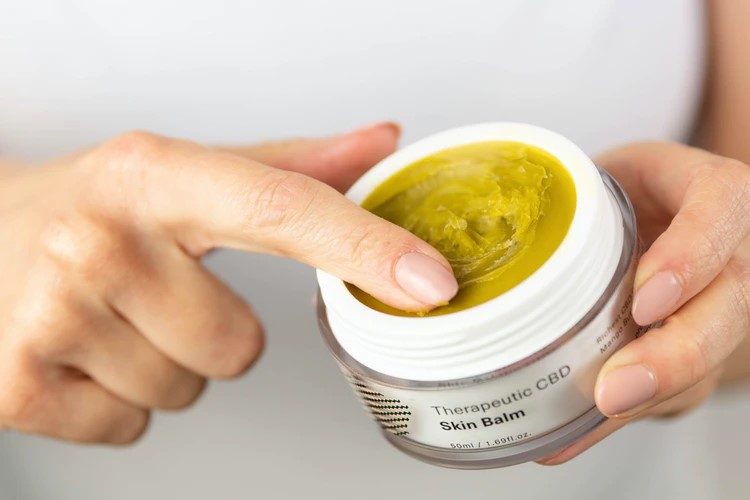Why Should You Do a Patch Test Before Trying New Skincare Products?

A patch test involves applying a skincare product to a less noticeable patch of your skin to see whether you have an adverse reaction. It is important to not only do a patch test for each new skincare product you use but also to know how to correctly administer a patch test. Let us take a closer look at why you should do a test before trying new products.
Why Doing a Patch Test Is Important
Everyone should perform a patch test when using a new skincare product for the first time to ensure they do not experience adverse reactions. By doing a patch test on a small and less visible area of your skin, if you do have symptoms like breakouts or redness, it will be much easier to deal with. Of course, if you do experience a reaction, you need to stop using the skincare product. While it is important that everyone performs a patch test for new products, it is even more essential for people with sensitive skin or people who have experienced reactions from skincare products in the past.
You could have an adverse reaction to a skincare product due to a specific ingredient the product contains or the way the product has been formulated. Some ingredients are more prone to causing reactions than others, such as ones with synthetic fragrances and dyes, sulfates, phthalates, preservatives, and parabens, and products with high concentrations of acid. However, everybody’s skin type is different and you cannot predict which ingredients, if any, will cause your skin to have an adverse reaction.
The good news is, you do not have to spend valuable time and money purchasing skincare products and performing patch tests to discover which ones cause negative reactions to your skin. Instead, it is possible to get skincare products that are specifically created for your individual skin type and condition, such as with Nava MD’s personalized treatments, which begin with a free consultation with a certified dermatologist.
How to Do a Patch Test
Even if you do get a customized treatment for your skin, you could still use some skincare products like moisturizers. So, it is important you know how to test new products on your skin. Dermatologists recommend introducing only one new product each week in order to reduce the chance of irritation and to be able to easily identify which product has caused a reaction should you experience an adverse effect.
The best place on your body to do a patch test is on a small area of your inner arm or the side of your neck. Generally, you should wait four days to see if your skin has a negative reaction. Also, be aware that some ingredients can cause irritation but become better with use. That is typical of skincare products that contain retinol. Often, when retinol is applied gradually, momentary reactions like dry skin and irritation can be overcome once the skin acclimatizes. If you do not experience any adverse reactions, the product should be safe to apply to your face or other areas of your skin as necessary.
Performing a Patch Test for Allergic Reactions
There are two main reasons for doing patch testing: to test for allergic reactions and to test for breakouts. So, how you go about precisely doing a patch test can depend on the reason for the testing. If you are performing a patch test for allergic reactions, it is recommended that you first test the skincare product on a small area of skin that is hidden, such as your inner arm. Then, if you have no allergic reaction, do a further test nearer the place you want to regularly use the skincare product. For example, if you are using a facial product, the second step would be to apply the product to your neck. In both cases, only apply a tiny amount of the product. You also need to ensure you have not used any other products on your skin that could interfere with the results of your patch test.
Performing a Patch Test for Breakouts
If you are doing a patch test to see if it causes any breakouts, you should perform the patch test slightly differently. The two areas of your skin that are most prone to blemishes, due to having a higher concentration of oil-producing glands, are your cheeks and chin. So, when testing for breakouts, apply a tiny amount of the skincare product on one of those areas of your face. You should apply the same small amount in the same place once a day for a week to determine whether you will have any breakouts. If no breakouts or adverse reactions are experienced after that week, the skincare product should be fine to use regularly.

